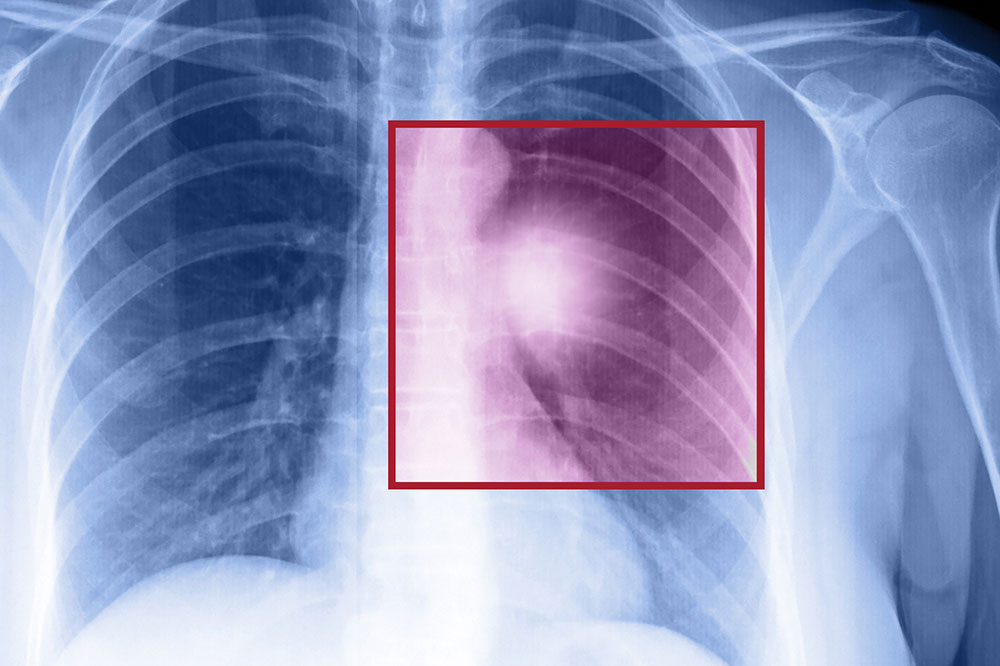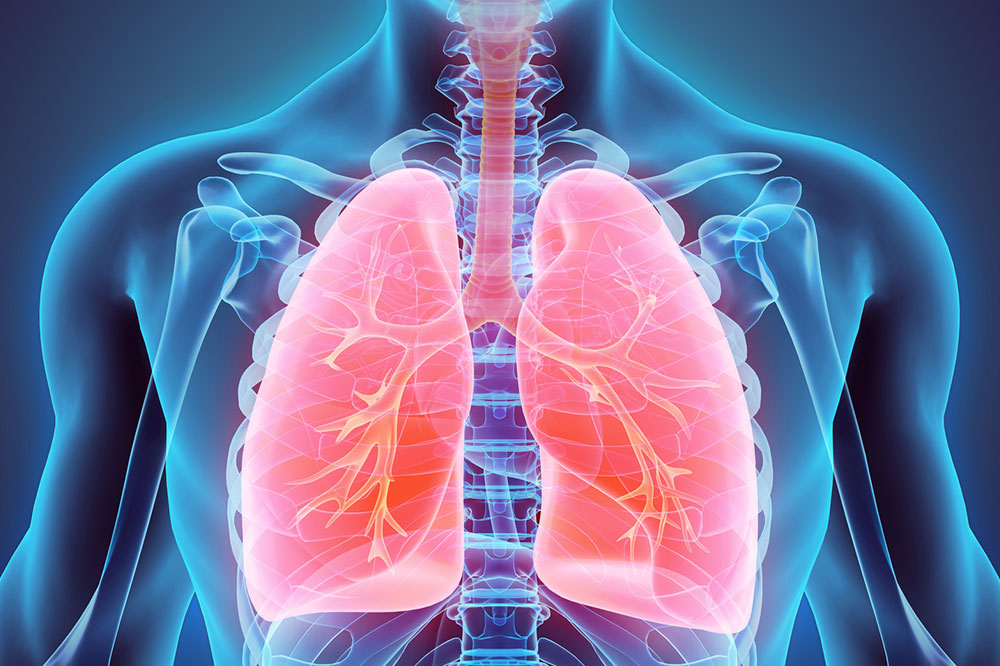Understanding Lung Cancer: Types, Symptoms, and Causes
This article offers a comprehensive overview of lung cancer, detailing its types, symptoms, key risk factors, and prevention strategies. Early awareness and lifestyle changes are emphasized to reduce risk and promote prompt medical intervention, which can improve prognosis and save lives.

Understanding Lung Cancer: Types, Symptoms, and Causes
Lung cancer develops when abnormal cells in the lungs grow uncontrollably, forming malignant tumors. It remains one of the leading causes of mortality worldwide, with smokers at higher risk. Recognizing the signs and understanding the risk factors are crucial for early detection. Symptoms often appear in advanced stages and include persistent cough, chest discomfort, and breathing difficulties. There are two main types: non-small cell and small cell lung cancer. Key risk factors include smoking, radon exposure, occupational hazards, and family history. Quitting smoking and regular medical check-ups can significantly reduce risk.
Early detection and lifestyle modifications play vital roles in prevention. Individuals exposed to radon, asbestos, or who have a family history should be vigilant. Avoiding tobacco use and secondhand smoke is essential for reducing risk. If symptoms such as a new persistent cough, weight loss, or chest pain occur, consulting a healthcare professional promptly is recommended. Understanding these factors helps in better management and early intervention to improve outcomes.









